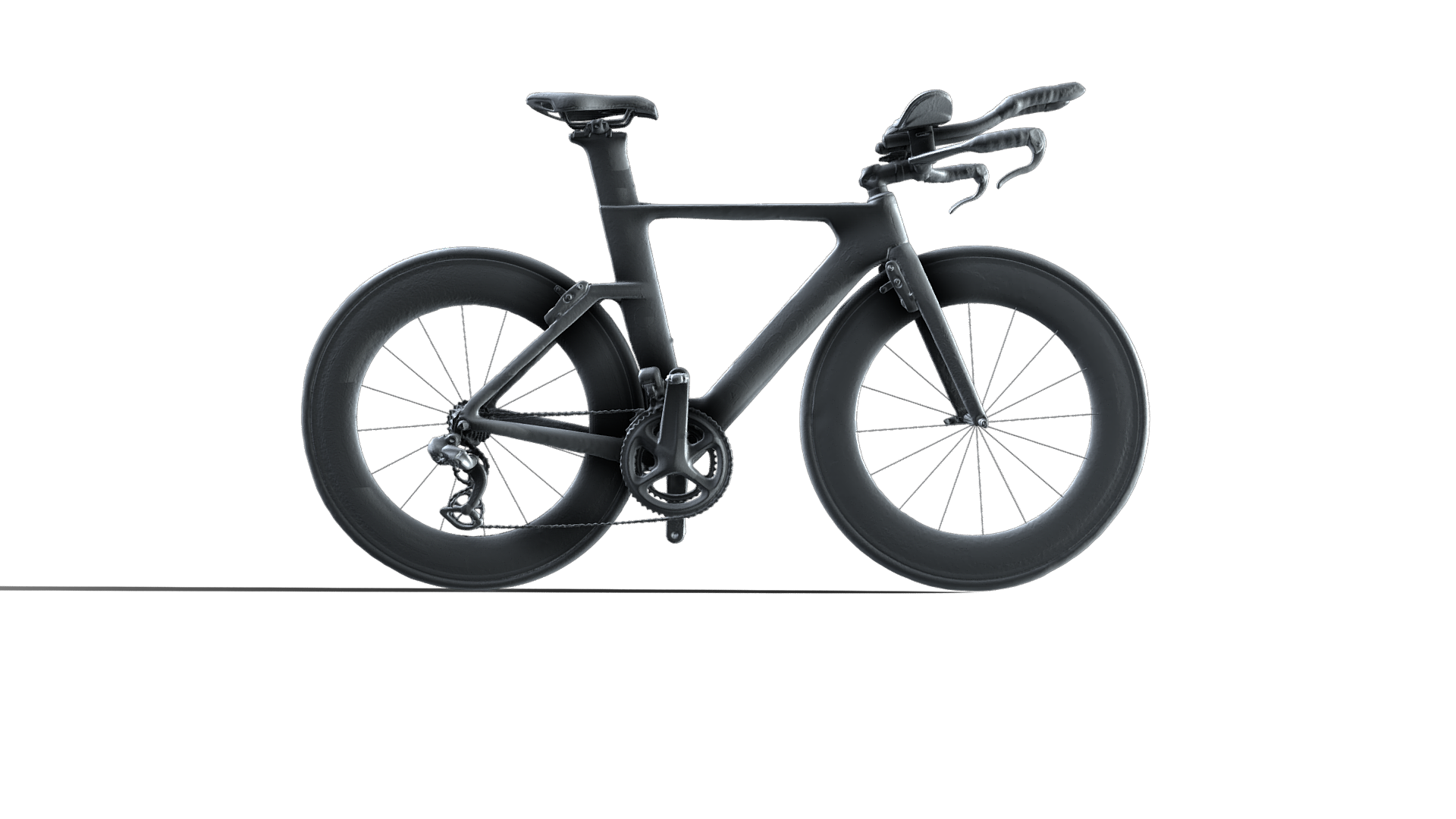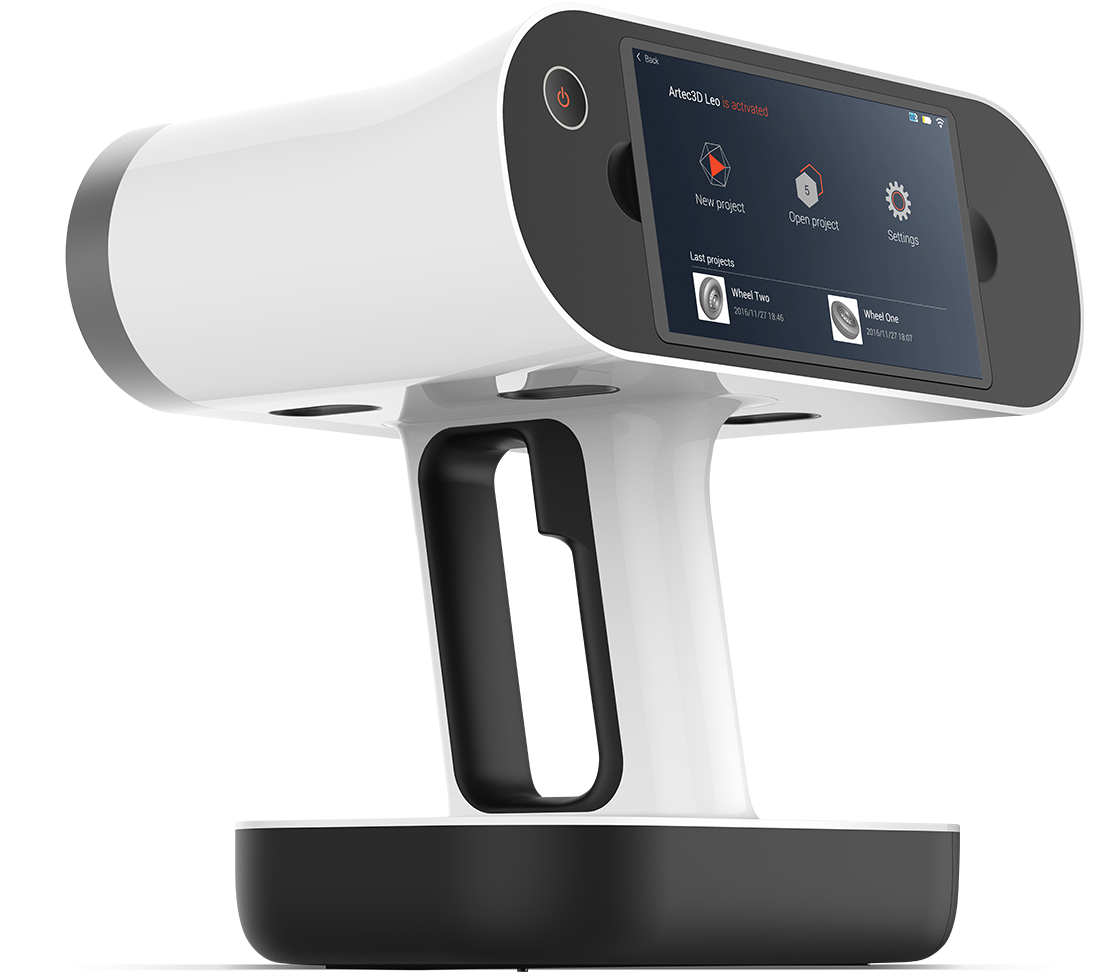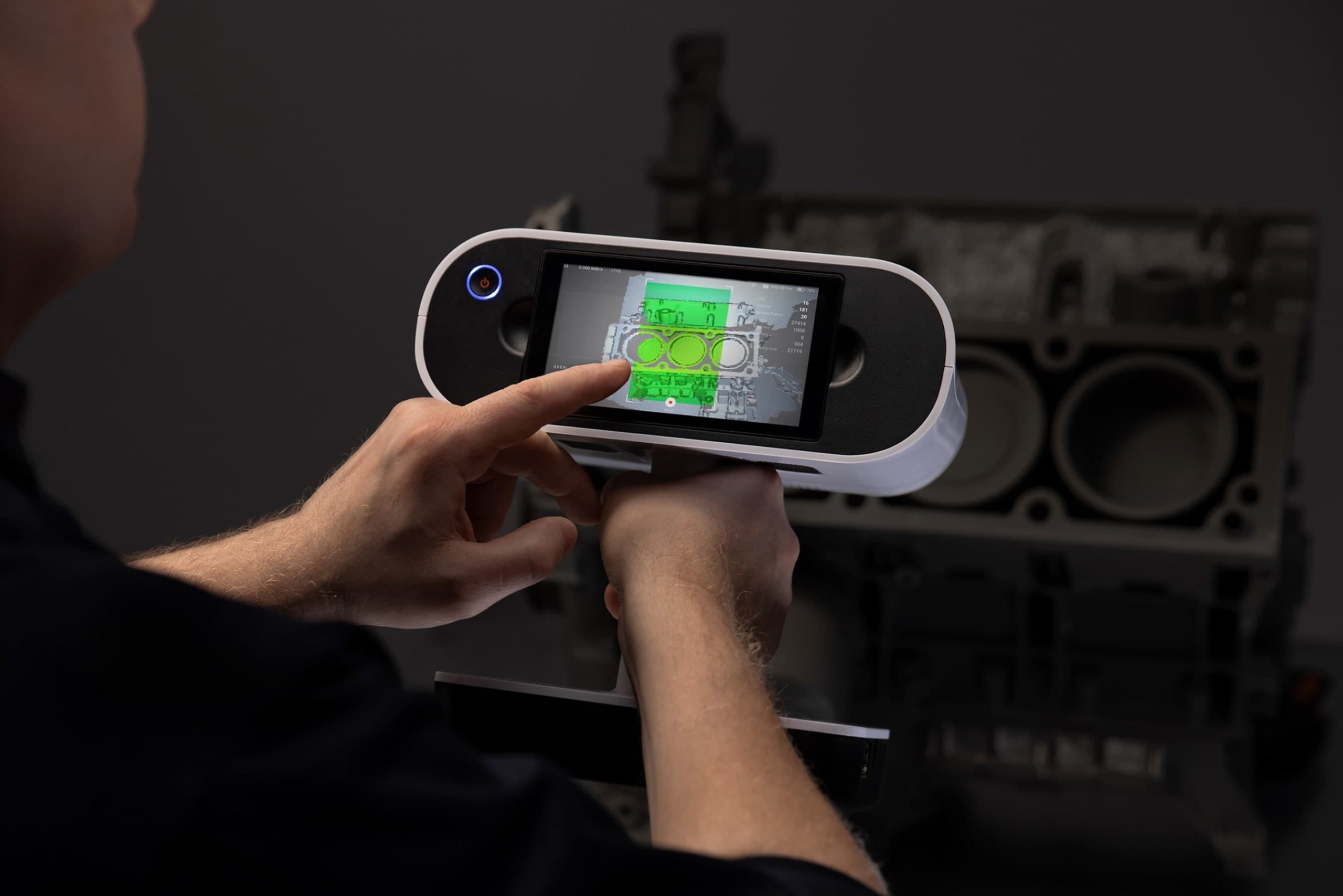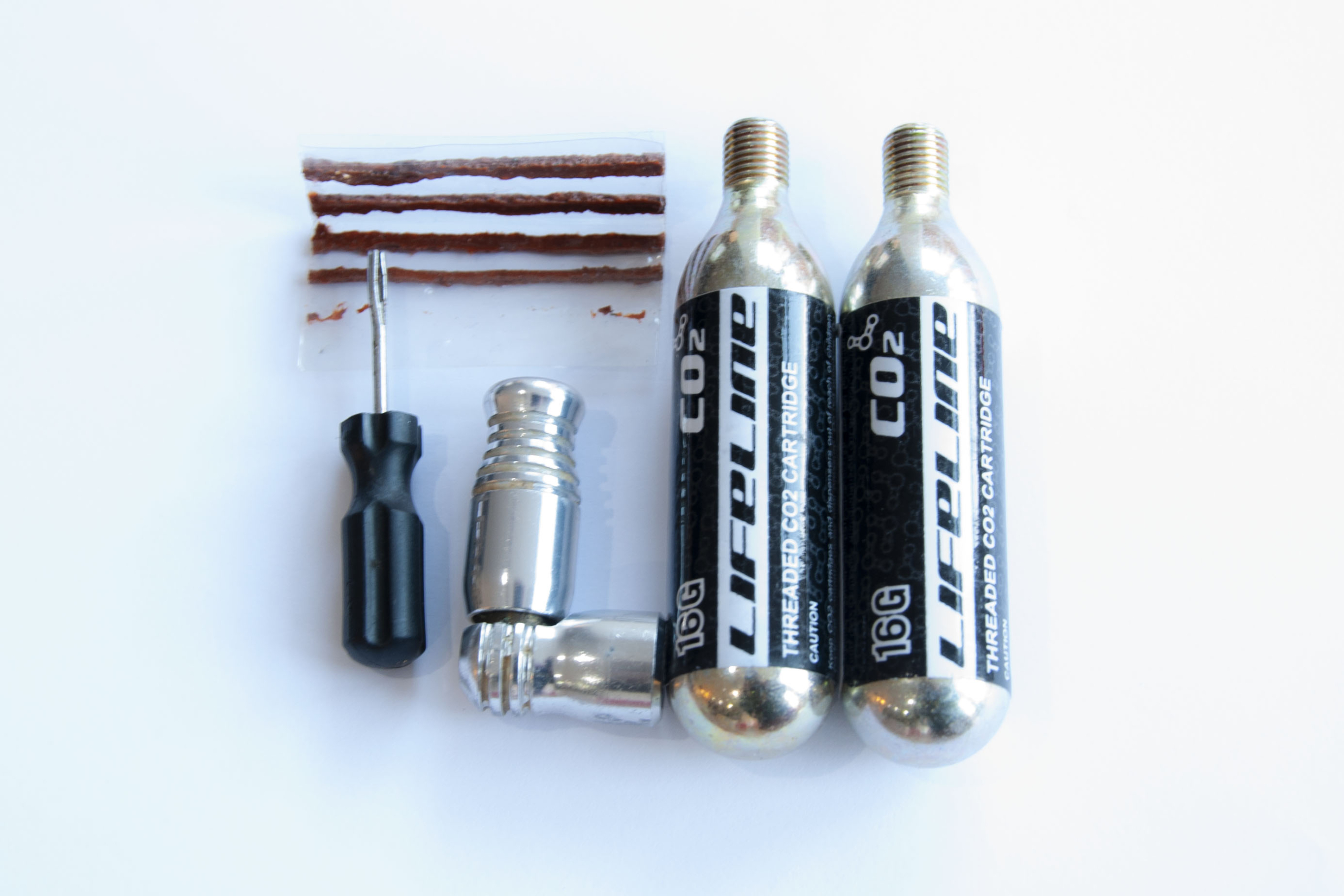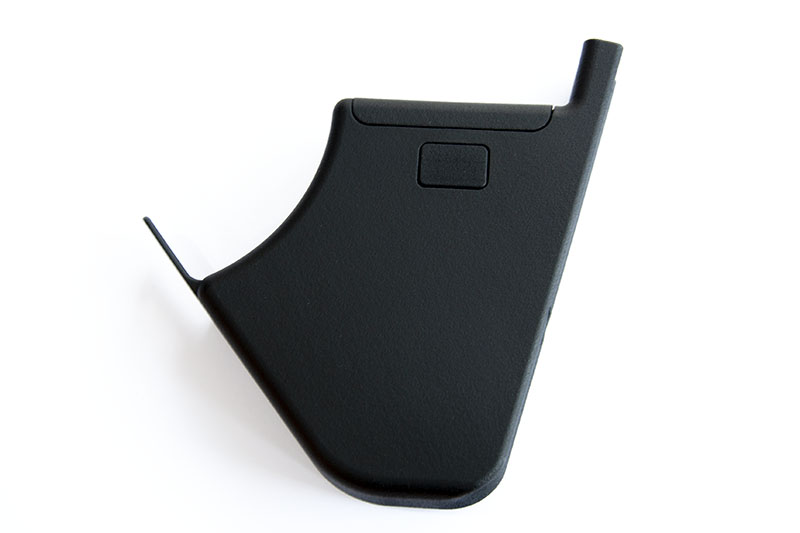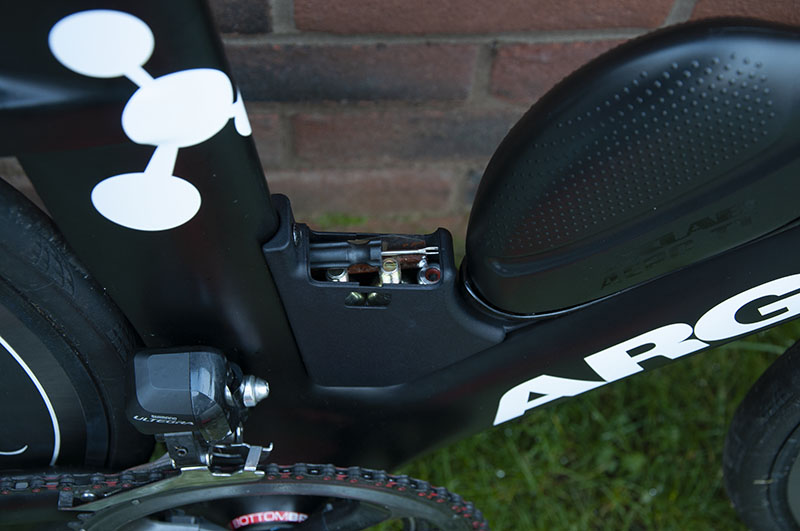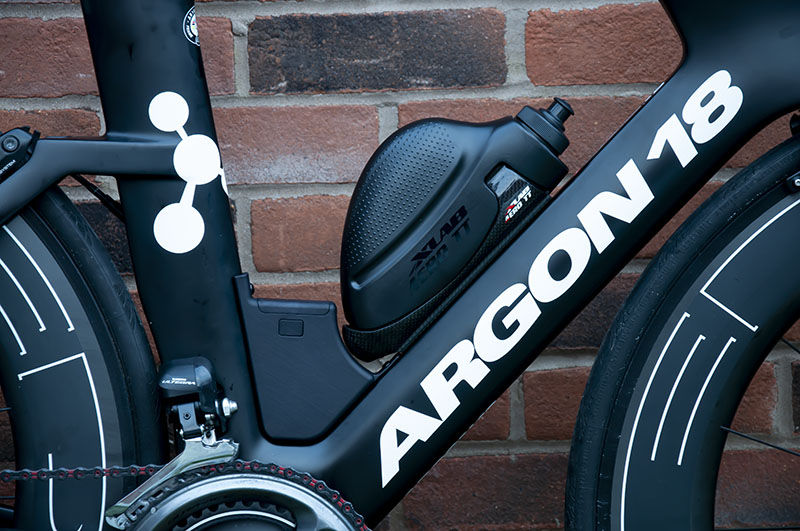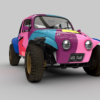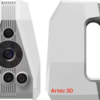From Concept to Production 3D Printing: Comprehensive Engineering service from a Single Supplier
Reverse Engineering and Designing a Triathlon Bike Storage Box
Client Request and Challenges
Process and Execution
Initial Scanning
The 3DPrintworx team began the project by using the Artec Leo 3D scanner to capture the bike frame area where the storage box would be positioned. The wireless functionality of the Leo scanner allowed the team to quickly and efficiently capture the necessary data, completing the scan in just two minutes.
Data Conversion
Next, the raw scan data was converted into an STL triangulated surface mesh using Artec Studio. This software automatically generated the surface file from the scanned data, providing a precise digital representation of the frame area.
Design Phase
The design process involved importing the surface data into Geomagic Design X software. This premier software enabled the team to accurately trace the bottom profile of the frame and create a storage box design that fit perfectly within the bike frame, ensuring no aerodynamic hindrance.
Prototyping
With the design complete, the team produced a prototype using HP Multi Jet Fusion (MJF) 3D printing technology. The prototype was printed overnight and ready for fitting within 24 hours. During the fitting, it was discovered that the box lid did not clip on and off easily, prompting a redesign. A snap-fit lid was developed, and a second prototype was produced, which proved successful.
Production and Advantages
After client approval, the first batch of 100 storage boxes was put into production using PA12 Nylon with HP MJF technology. PA12 Nylon was chosen for its several advantages:
- Cost-Effective: Ideal for small batch production runs.
- Fast Production: Short turnaround times.
- Durability: Strong and flexible parts suitable for end-use.
- Customization: Ability to customize designs for different bike sizes, add branding, and personalize with athlete names.
- Longevity: Parts that do not deteriorate over time.
Results
The integrated reverse engineering and 3D printing services offered by 3DPrintworx provided a seamless process from start to finish. By handling everything in-house, the team ensured consistent communication and quality control, avoiding the complications of dealing with multiple suppliers.
HP MJF technology facilitated flexible production of small to medium batches at a competitive price, where traditional injection molding would be prohibitively expensive. The rapid production times also allowed the client to manage inventory efficiently, adapting quickly to new bike designs and iterations.
Conclusion
The collaboration between 3DPrintworx and the client resulted in a highly functional and customized storage solution for triathlon racing bikes. The use of advanced 3D scanning, design, and printing technologies ensured precision, durability, and cost-effectiveness, meeting the specific needs of the athletes.

